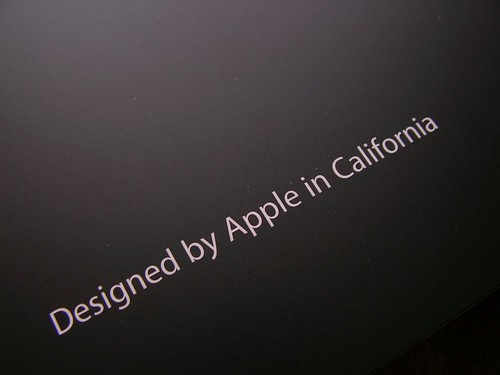Social Media Maturity Model
View more presentations from Ted Shelton
Chief Customer Officer of Catalytic - an AI and Automation company providing Fortune 500 companies with the ability to rapidly reduce the cost of every day business activities while simultaneously increasing quality, employee satisfaction, and customer loyalty.

...we're realizing that the industrial revolution is fading. The 80 year long run that brought ever-increasing productivity (and along with it, well-paying jobs for an ever-expanding middle class) is ending.In part 2 Seth talks about how The opportunity is here:
The exchange of information creates ever more value, while commodity products are ever cheaper. It takes fewer employees to generate more value, make more noise and impact more people.This is of little consolation to someone hoping to have a good job using their muscles to create value. But we can understand what is happening to the industrial economy by examining what has happened in the agricultural economy over the past 100 years. In these graphs (from this site) the decline of employment in agriculture in the US can be seen in the context of the simultaneous increase in farm productivity:
 At the same time that employment was plummeting, farm productivity was exploding, resulting in enormous growth in output from US farms.
At the same time that employment was plummeting, farm productivity was exploding, resulting in enormous growth in output from US farms.Right before your eyes, a fundamentally different economy, with different players and different ways to add value is being built. What used to be an essential asset (for a person or for a company) is worth far less, while new attributes are both scarce and valuable.What are these new attributes? "Art and novelty and innovation." Seth writes. That is going to require education, engaged thinkers, and a new set of disciplines (and structures) for our society. This is the world we need to be investing in and the US can be a leader once again if we seize the opportunity provided to us by the computation economy.
